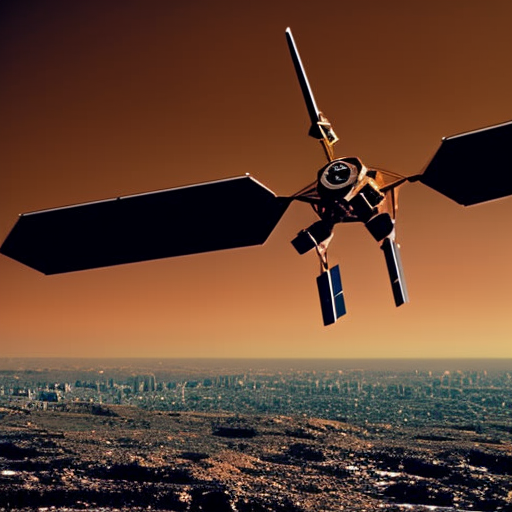Summary:
Interstellar probes are unmanned spacecraft designed to explore and gather data from beyond our solar system. These probes are equipped with advanced technology and propulsion systems that enable them to travel vast distances and withstand the harsh conditions of interstellar space. Interstellar probes have the potential to revolutionize our understanding of the universe and provide valuable insights into the possibility of extraterrestrial life.
Overview:
Interstellar probes are a concept that has fascinated scientists and space enthusiasts for decades. The idea behind these probes is to send unmanned spacecraft beyond the boundaries of our solar system to explore and study distant star systems, exoplanets, and interstellar space itself. These probes would be equipped with a range of scientific instruments and communication systems to transmit data back to Earth.
Challenges of Interstellar Travel:
Interstellar travel poses several challenges that need to be overcome for successful missions. The first and most significant challenge is the vast distances involved. Even the closest star system to our solar system, Alpha Centauri, is over four light-years away. To put this into perspective, it would take our fastest spacecraft, the Voyager 1, over 70,000 years to reach Alpha Centauri.
Propulsion Systems:
To overcome the challenges of interstellar travel, scientists are exploring various propulsion systems. One promising concept is the use of nuclear propulsion, such as the Project Orion concept, which utilizes controlled nuclear explosions to propel the spacecraft. Another approach is the use of solar sails, which harness the momentum of photons from the Sun to propel the probe. These propulsion systems have the potential to significantly increase the speed and efficiency of interstellar probes.
Scientific Objectives:
Interstellar probes would be equipped with a range of scientific instruments to study various aspects of the universe. One of the primary objectives would be to search for signs of extraterrestrial life. Probes could analyze the atmospheres of exoplanets for biomarkers, such as oxygen or methane, which could indicate the presence of life. Additionally, interstellar probes could study the interstellar medium, the space between stars, to better understand the formation and evolution of galaxies.
Communication and Power:
Interstellar probes would need advanced communication systems to transmit data back to Earth. Due to the vast distances involved, traditional radio signals would be too weak to be detected. One solution is to use powerful lasers to send data back to Earth. These lasers would create a highly focused beam that could be detected by telescopes on Earth. Power is another crucial aspect of interstellar probes. Solar panels could be used to harness energy from the Sun, but alternative power sources, such as nuclear reactors, may be necessary for missions that venture far from the Sun.
The Future of Interstellar Probes:
While interstellar probes are still in the realm of science fiction, significant progress is being made in the field. The Breakthrough Starshot initiative, for example, aims to send a fleet of tiny, lightweight spacecraft to Alpha Centauri within a few decades. These spacecraft would be propelled by powerful lasers from Earth, reaching speeds of up to 20% the speed of light. This ambitious project demonstrates the growing interest and potential for interstellar exploration.
Conclusion:
Interstellar probes have the potential to revolutionize our understanding of the universe and provide valuable insights into the possibility of extraterrestrial life. While many challenges remain, advancements in propulsion systems, communication technology, and scientific instruments are bringing us closer to the realization of interstellar missions. As our knowledge and capabilities continue to expand, interstellar probes may become a reality in the not-too-distant future.












